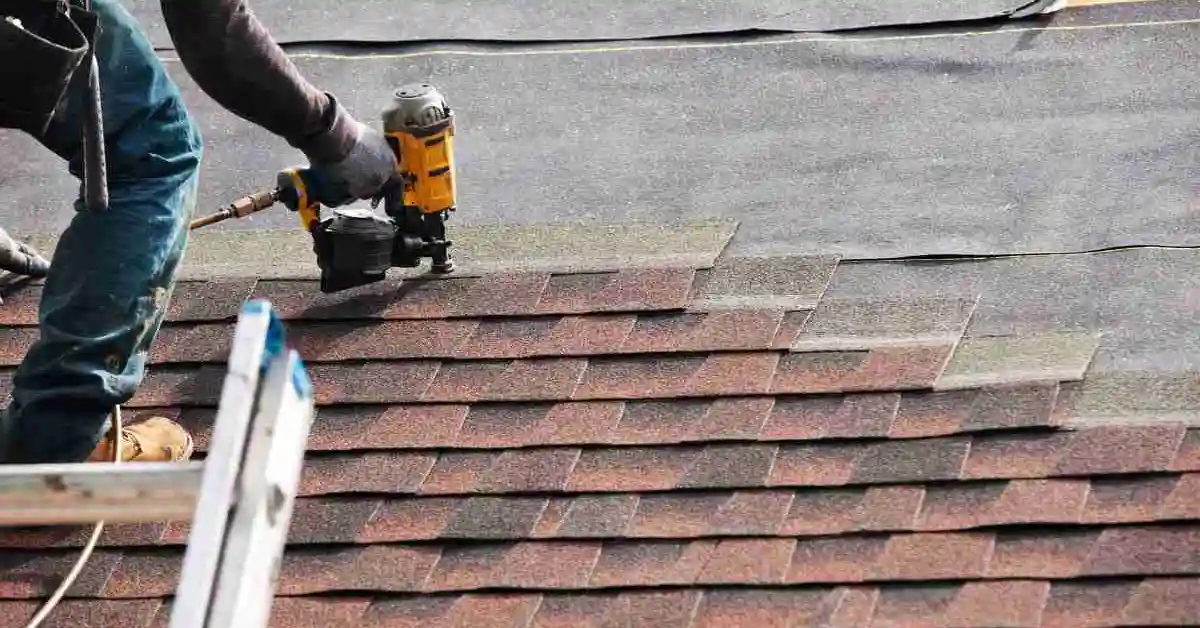The First Line of Defense
Your roof and siding do more than define your home’s appearance; they are the first line of defense against weather, water, and structural damage. In 2025, with climate risks like stronger storms and wildfires on the rise, roofing and siding upgrades are among the most important investments homeowners can make.
A sturdy, energy-efficient roof or durable siding not only protects your property but can also reduce insurance premiums, increase energy savings, and improve resale value. This guide covers the latest costs, coverage options, and benefits of roofing and siding upgrades.
What Are Roofing & Siding Upgrades? (Quick Answer)
Roofing and siding upgrades involve replacing or repairing a home’s exterior shell to improve protection, efficiency, and appearance.
- Roofing: Shingles, tiles, or metal systems that shield against rain, snow, wind, and sun.
- Siding: Materials like vinyl, fiber cement, or wood that protect walls, insulate the home, and enhance curb appeal.
Average Costs of Roofing & Siding in 2025
| Upgrade | Average Cost (2025) | Lifespan | ROI | Insurance Impact |
| Asphalt Shingle Roof | $9,000–$14,000 | 20–30 years | 60–70% | Moderate discount |
| Metal Roof | $15,000–$30,000 | 40–70 years | 70–80% | High discount (fire & wind resistant) |
| Tile/Slate Roof | $20,000–$40,000 | 50–100 years | 70–80% | High, but expensive |
| Vinyl Siding | $8,000–$15,000 | 20–40 years | 65–75% | Moderate |
| Fiber Cement Siding | $10,000–$18,000 | 30–50 years | 70–80% | High (fire & pest resistant) |
| Wood Siding | $12,000–$20,000 | 15–30 years | 60–70% | Lower (high maintenance) |
Insurance Coverage for Roofing & Siding
Insurance treats roofing and siding differently depending on age, type, and cause of damage:
- Covered: Storm damage (wind, hail, fire, falling trees).
- Not Covered: Normal wear and tear, neglect, or cosmetic-only issues.
- Age factor: Some insurers reduce coverage if the roof is over 15–20 years old.
- Premium discounts: New or resilient roofing materials (impact-resistant shingles, metal, tile) can cut premiums by 10–20%.
Example: A Florida homeowner installing hurricane-rated shingles saw annual premiums drop from $2,500 to $2,200, saving $300 per year.
Energy Efficiency & Roofing/Siding Upgrades
Modern roofing and siding are not just protective but also energy-efficient:
- Cool roofs: Reflect sunlight, reducing cooling costs by 10–15%.
- Insulated siding: Lowers heating and cooling expenses.
- Metal roofs: Can be paired with solar panels for maximum efficiency.
The U.S. Department of Energy notes that upgrading to energy-efficient roofing and siding can save households $200–$500 annually on energy bills.
DIY vs Hiring Contractors
| Project | DIY Feasibility | Risks | When to Hire a Contractor |
| Minor roof repairs | Medium | Falls, leaks if poorly done | Always if structural |
| Full roof replacement | Very Low | Safety hazards, warranty void | Always |
| Vinyl siding installation | Medium | Gaps, moisture issues | Hire for large-scale projects |
| Fiber cement siding | Very Low | Heavy, requires special tools | Always |
DIY can save money upfront, but often results in voided warranties or insurance issues if the work isn’t up to code.
Popular Roofing & Siding Materials in 2025
Roofing
- Asphalt shingles: Affordable, common choice, moderate durability.
- Metal roofs: Fire-resistant, long-lasting, eco-friendly.
- Tile & slate: Premium, durable, but expensive.
- Green roofs: Eco-friendly option with vegetation for urban homes.
Siding
- Vinyl: Cost-effective, low maintenance.
- Fiber cement: Durable, fire-resistant, popular for insurance discounts.
- Wood: Natural look, but high maintenance.
- Composite siding: Blends durability with eco-friendly materials.
Real-World Examples
- Hail Damage in Texas: A homeowner with a 20-year-old roof received only partial coverage because the roof’s age reduced its value under the insurer’s policy.
- Metal Roof in Colorado: Switching from asphalt to a fire-resistant metal roof earned a homeowner a 15% insurance discount.
- Fiber Cement in California: Homeowners near wildfire zones replaced wood siding with fiber cement, reducing fire risk and saving $500 annually on insurance.
Challenges of Roofing & Siding Projects
- High upfront costs: Premium materials require larger budgets.
- Permit requirements: Local codes may require inspections.
- Time & disruption: Full replacements can take weeks.
- Weather delays: Projects often depend on dry conditions.
- Insurance claims: Not all damages are covered; disputes are common.
Tips for Homeowners in 2025
- Choose impact-resistant or fire-resistant materials for safety and insurance savings.
- Always get multiple quotes and check contractor credentials.
- Schedule replacements in off-peak seasons for cost savings.
- Confirm with your insurer before upgrades; some require specific materials for discounts.
- Maintain your roof and siding to extend life and prevent claim denials.
Key Takeaways
- Roofing & siding are vital for protection, energy efficiency, and home value.
- Costs range from $8,000–$40,000, depending on materials and project scope.
- Insurance discounts are available for resilient upgrades (metal, fiber cement, impact-resistant shingles).
- DIY is risky for major projects; hire professionals for safety and compliance.
- Energy-efficient materials lower both utility bills and insurance premiums.




